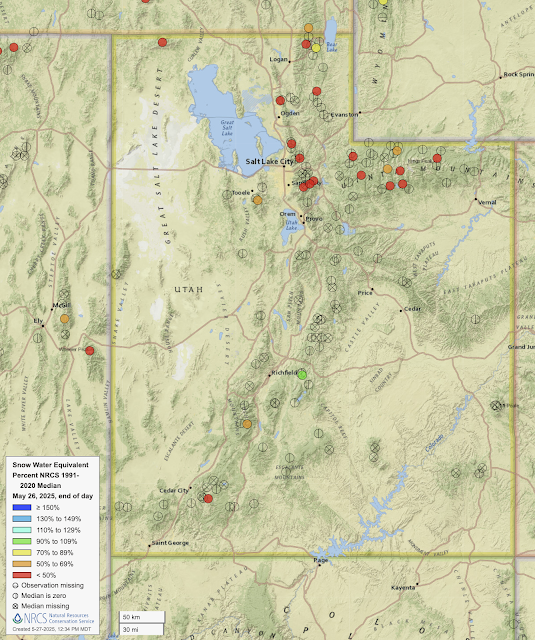These are minor issues compared to what many are dealing with, but yesterday I received two e-mails that are reflective of the times.
In the first, I was notified that a proposal I submitted to a NOAA Weather Program Office competition was recommended for funding. Normally this is good news, but this year, that news was accompanied with the caveat that they probably won't be able to find funding.
That would be a shame because we were planning on using deep learning to further advance the the techniques approaches we've been developing to improve snow density and snow amount forecasting. Many of the products on weather.utah.edu and features on this blog use experimental versions of these techniques. Without support, this line of research will probably whither in the coming months as our current grant winds down (and this assumes that funding is not frozen).
In the second, I was notified that I was eligible for the Voluntary Special Retirement Program at the University of Utah. You know you are getting old when you get one of these.
The U has been tight lipped about their plans to address the HB 265 Strategic Reinvestment Plan. They recently posted an online news article on @THEU that basically said little other than they presented a draft of phase one of the reinvestment plan to the Utah System of Higher Education (USHE). Presumably this special retirement program is a small part of that.
Based on that article, I suspect we will learn more in the near future, certainly no later than June 6 when plans are to be presented to the Utah Board of Education.



















